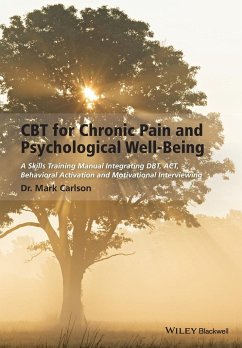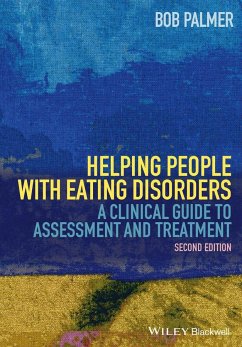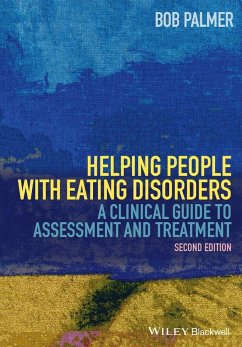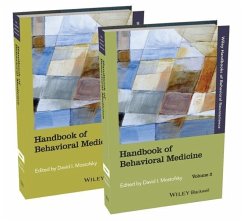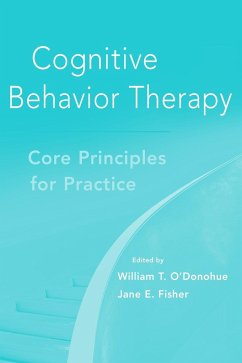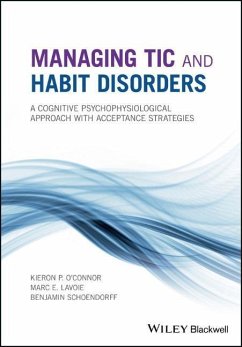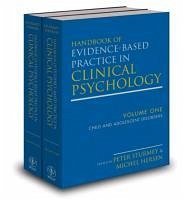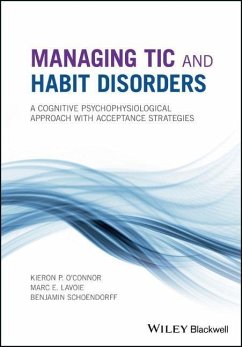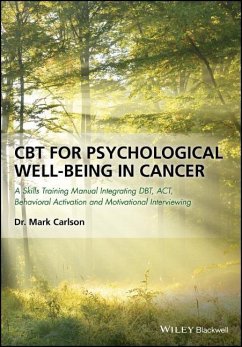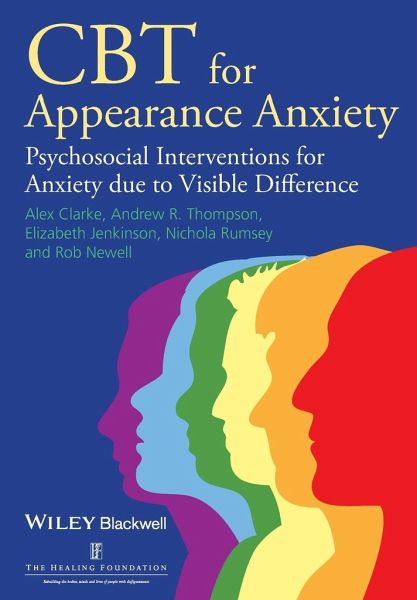
CBT Appearance
Versandkostenfrei!
Versandfertig in über 4 Wochen
50,99 €
inkl. MwSt.
Weitere Ausgaben:

PAYBACK Punkte
25 °P sammeln!
This clinical manual provides a stepped-care CBT-based psychosocial intervention for use with individuals anxious about their appearance due to a disfigurement or another visible difference. It describes a detailed clinical intervention that includes practical advice on assessment and session-by-session guidance for addressing common issues. This is an indispensable guide for clinical and health psychologists, as well as other healthcare practitioners working with patients with rational appearance anxiety.
This clinical manual provides a CBT-based psychosocial intervention for use with individuals distressed about their appearance due to a disfigurement from birth, accident or illness, or those coping with another visible difference.
Contains a wealth of case material with specific relevance to physical health conditions that affect appearance, practical advice on assessment, and session-by-session guidance for addressing common issues
Written by leading academics and clinicians working in the management of disfigurement and rational appearance anxiety
Uses a flexible stepped-care model that allows for use by experienced CBT practitioners as well those wishing to deliver a more basic psychological intervention
Identifies the psychological factors involved in appearance anxiety while also addressing the practical concerns of living with a visible difference, such as managing the reactions of others
Contains a wealth of case material with specific relevance to physical health conditions that affect appearance, practical advice on assessment, and session-by-session guidance for addressing common issues
Written by leading academics and clinicians working in the management of disfigurement and rational appearance anxiety
Uses a flexible stepped-care model that allows for use by experienced CBT practitioners as well those wishing to deliver a more basic psychological intervention
Identifies the psychological factors involved in appearance anxiety while also addressing the practical concerns of living with a visible difference, such as managing the reactions of others



